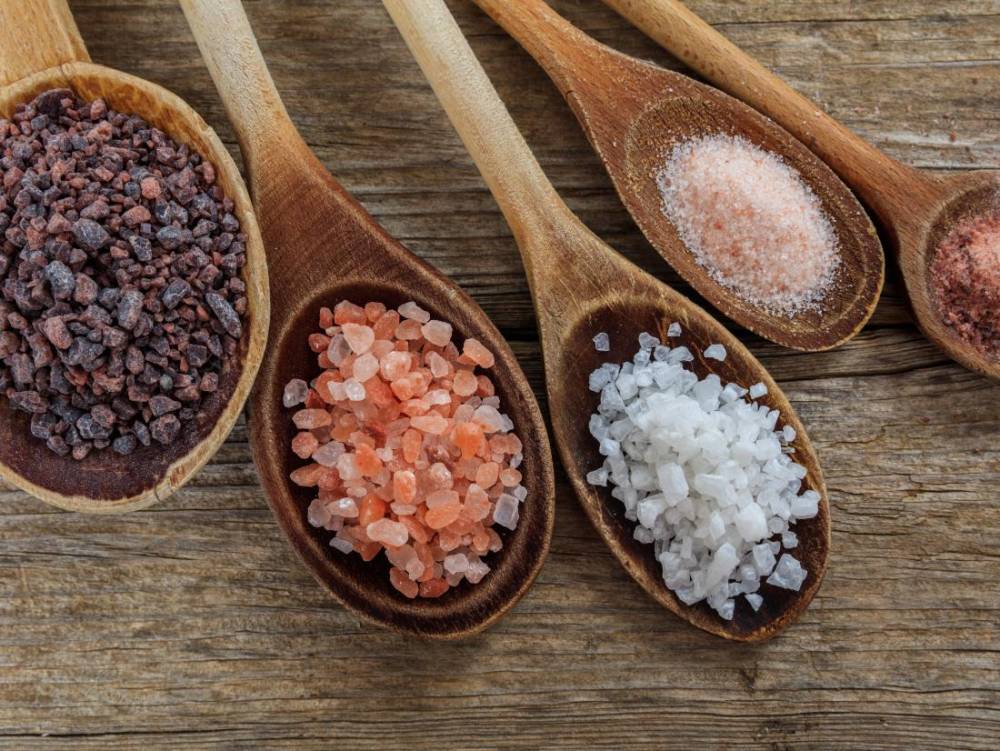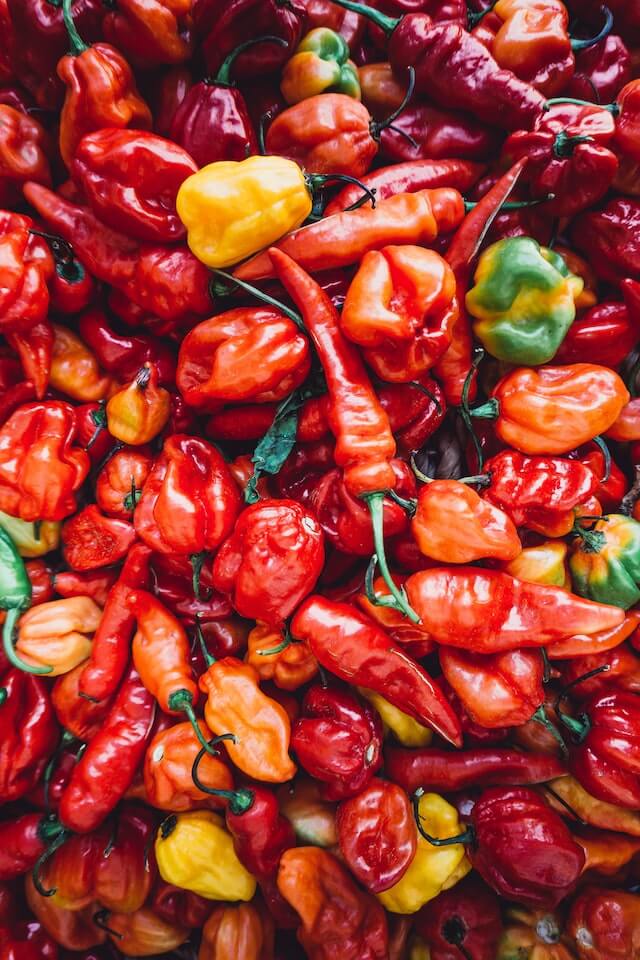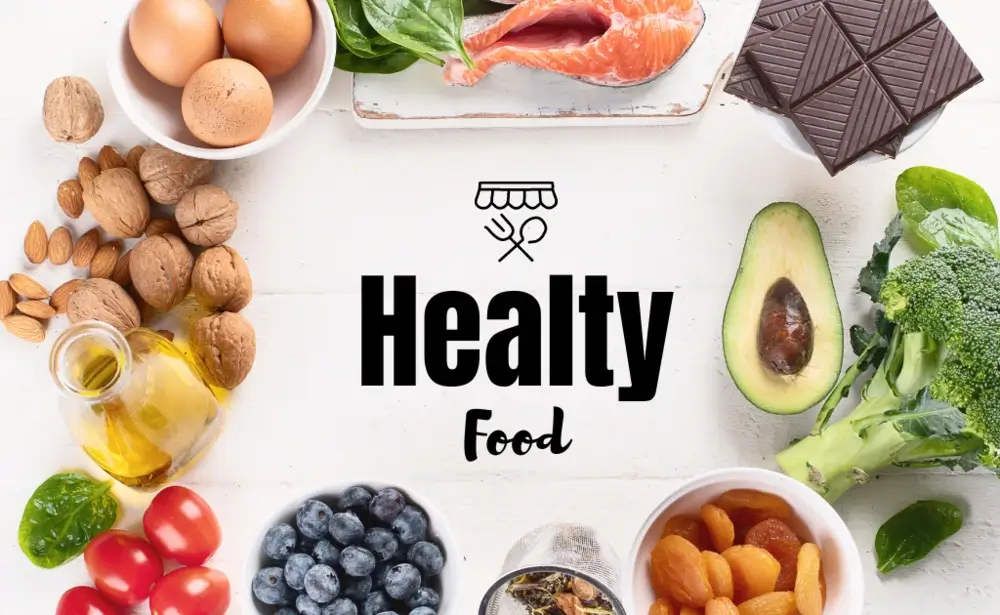Salt is an essential ingredient in gastronomy because it is a good enhancer of food flavor. However, its excess can be very harmful to health.
There are various types of these salt products on the market. Although they all contain sodium, the amounts of this and other minerals differ. Although sodium is necessary for the proper function and balance of muscles, body fluids, and nerves, the amount required for this is very small.
According to information, the kidneys are responsible for naturally balancing the amount of sodium stored in the body to maintain optimal health. When the body’s sodium is low, this organ retains it; when it is high, it eliminates the excess in the urine.
Since this mineral attracts and holds water, it increases the volume of the body, which causes the heart to work harder and increases the pressure in the arteries. However, if, for some reason, the kidneys cannot properly expel the sodium, it begins to accumulate in the blood. Conditions such as congestive heart failure, cirrhosis, and chronic kidney disease can make it difficult for the kidneys to maintain sodium balance.
One of the great concerns of health organizations is the growing production of highly processed and processed foods. According to the World Health Organization (WHO), these products are richer in energy that contain a lot of saturated fat, trans fatty acids, sugar, and salt. As already mentioned, the latter is the main source of sodium, whose high consumption is associated with hypertension.
At the same time, the WHO indicates that people consume less fruit, vegetables, and fiber by changing their eating habits, which are the key elements of a healthy diet. Fruits and vegetables have potassium, which helps lower blood pressure.
In the diet, salt can come from processed foods because they are particularly rich in salt, such as prepared dishes, processed meats such as bacon, ham, salami, cheeses, and salty snacks, among others, which also result from direct food preparation.
For adults, the WHO recommends consuming less than five grams of salt per day, while for children, he suggests adjusting this amount downward. At home, we can reduce salt consumption by not adding it during food preparation, not putting salt shakers on the table, limiting the consumption of salty snacks, and choosing low-sodium products.
Although there are different types of salt and everyone should try to reduce their consumption, Himalayan pink salt, of marine origin, contains minerals such as calcium, magnesium, potassium, iron, and copper and iron. At the same time, a lower concentration of sodium Therefore, it would be indicated for hypertensive patients.
This unrefined salt is a coarse product with large crystals. It has 84% sodium chloride and 16% natural minerals such as magnesium, iodine, potassium, and phosphorus. When found in their proper proportion, these minerals can contribute to the proper functioning of the body.
According to specialists, this salt has 84 natural elements that we can find in the body; therefore, it is very healthy for human consumption. This type of salt is not whitish, like the processed one that is usually used at home, but rather has a pinker hue, and is precisely due to its high iron content.
In this way, if this type of salt is included in meals, not only can the flavor of the dishes be improved, but the consumption of essential nutrients for the body is increased, and the risk of diseases is reduced.
However, the Pan American Health Organization (PAHO) ensures that regardless of the salt that is used, the best choice to keep the body healthy is to reduce its consumption since the excess of this product in the diet increases blood pressure, causing approximately 30% of hypertension, represents a possible carcinogen for gastric cancer and is associated with renal failure and osteoporosis.
According to PAHO, people of African descent are especially susceptible to the adverse effects of blood pressure due to excessive salt intake. High blood pressure contributes to at least 40% of all heart disease and cerebrovascular accidents, representing 45% of non-communicable diseases.




